All Science
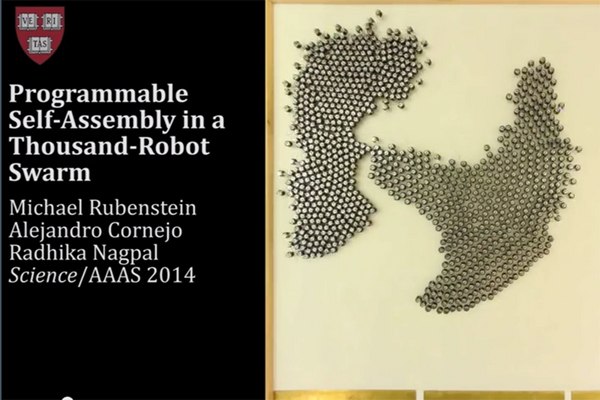 Scientists build 'army' of robots capable of swarming into 3D formations
Scientists build 'army' of robots capable of swarming into 3D formationsIn the past, building a giant robot swarm was out of the question for researchers because of the time and money it would cost to develop each bot, Rubenstein said. But at $14 apiece, the Kilobots are a bargain.
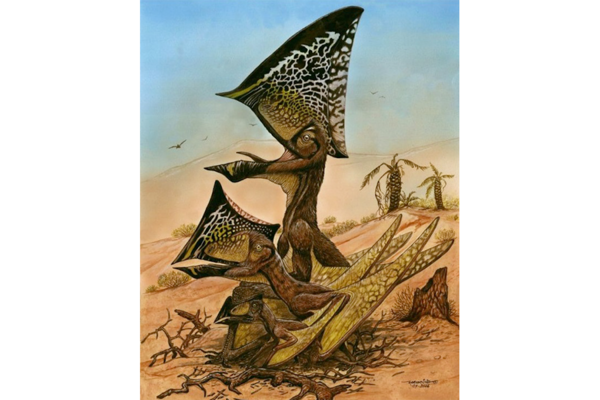 'Butterfly-headed' flying reptiles were social say paleontologists
'Butterfly-headed' flying reptiles were social say paleontologistsThe newfound species sported a strange bony crest on its head that looked like the wings of a butterfly, and had the wingspan needed to take flight at a very young age.
 Woman wins Fields Medal, the 'Nobel' of mathematics. Will she inspire others?
Woman wins Fields Medal, the 'Nobel' of mathematics. Will she inspire others?Fields Medal recipient Maryam Mirzakhani is married and a mother, which some advocates hail as an example that could draw more women to careers in math-intensive sciences.
- Radio telescope's 3D maps bring comet chemistry into focus, researchers say
Researchers using a new radio-telescope array high in Chile's Atacama Desert have made the most detailed maps yet of simple organic molecules in the halos of two comets.
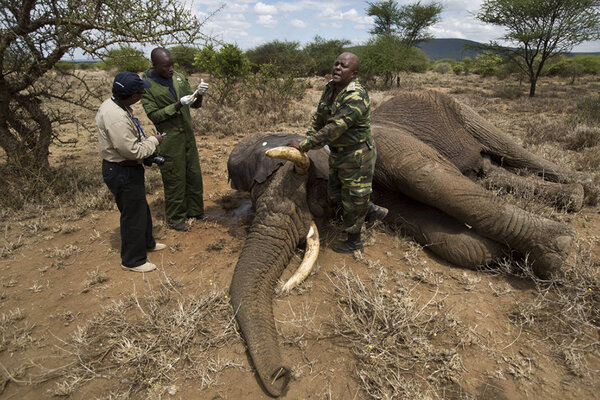 Despite severe poaching, hopeful signs on World Elephant Day
Despite severe poaching, hopeful signs on World Elephant DayWorld Elephant Day, established in 2012, helps spread awareness on the existential threat elephants face from poachers and trafficking groups.
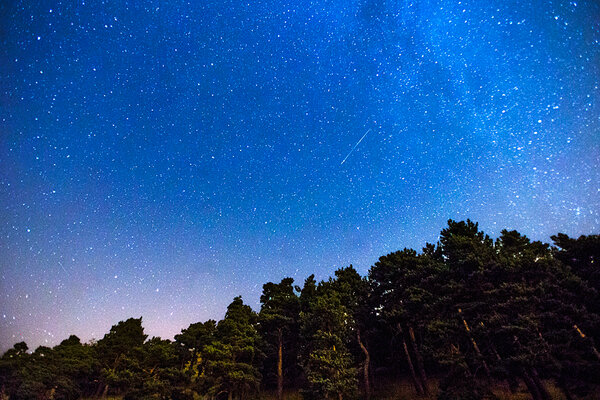 Perseid meteor shower peaks tonight: When to watch
Perseid meteor shower peaks tonight: When to watchThe Perseid meteor shower should be at its most spectacular late Tuesday into early Wednesday, experts say.
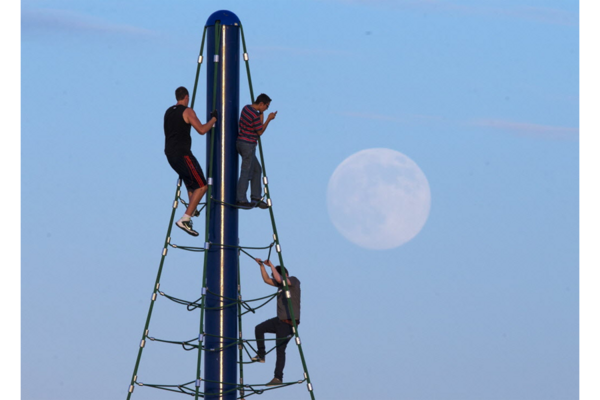 Pictures of the 'Supermoon' from around the world Check out 10 of the best pictures of the "Supermoon" from around the world!
Pictures of the 'Supermoon' from around the world Check out 10 of the best pictures of the "Supermoon" from around the world! How to measure 2014 biggest ‘supermoon’: diopter, theodolite, or just eye it?
How to measure 2014 biggest ‘supermoon’: diopter, theodolite, or just eye it?Can casual astral observers really tell that the so-called ‘supermoon’ – the space rock’s closest perigee to earthlings – looks bigger than, say, a harvest moon? Verdict’s still out.
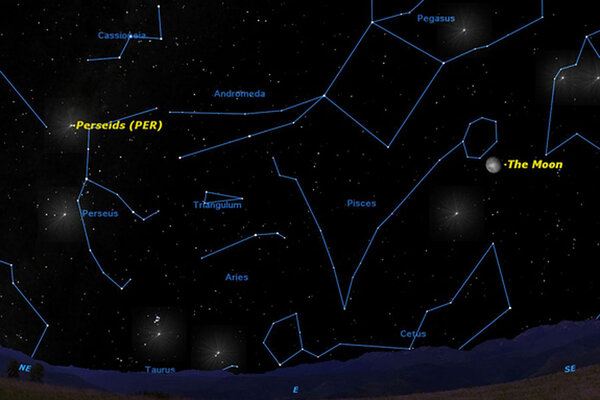 Perseids! Supermoon! How to watch them.
Perseids! Supermoon! How to watch them.The Perseid meteor shower is expected to peak at 8pm on August 12, joined by a shining 'supermoon.'
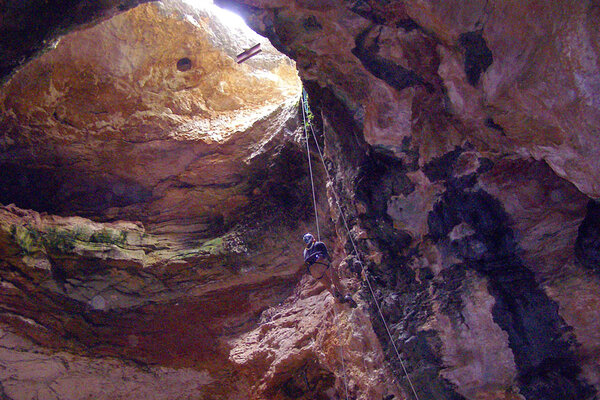 Wyoming cave could contain 25,000-year-old lion bones, say scientists
Wyoming cave could contain 25,000-year-old lion bones, say scientistsPaleontologists have begun excavating bones from a cave thought to hold the remains of tens of thousands of ancient animals.
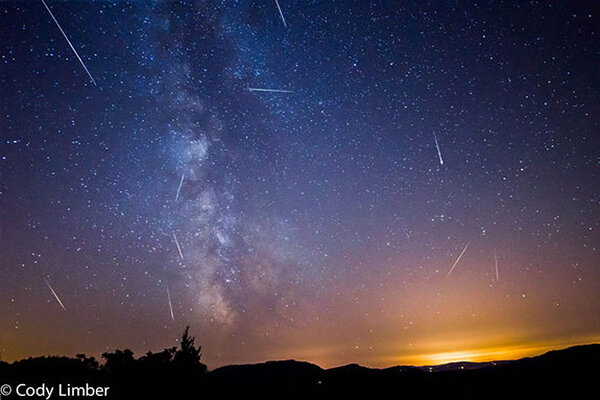 How you can watch the Perseid meteor shower, even with the full moon
How you can watch the Perseid meteor shower, even with the full moonEarth's natural satellite could stand in the way of your enjoyment this year's Perseid meteor shower, unless you know where – and when – to look.
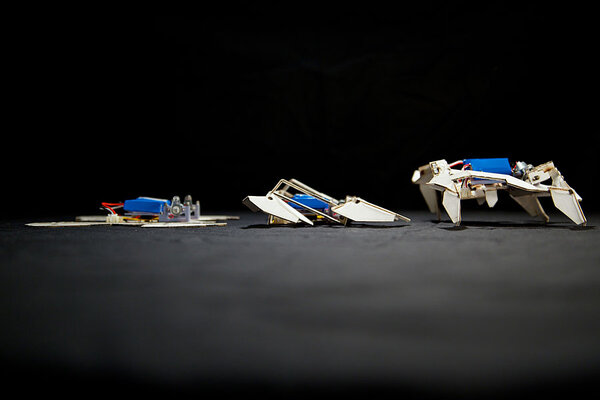 Is an origami robot uprising unfolding?
Is an origami robot uprising unfolding?Researchers at Harvard have developed flat robots that can fold themselves up into origami shapes and start walking.
 How robots could assemble themselves à la origami – and not cost too much
How robots could assemble themselves à la origami – and not cost too muchA research project has produced a robot that folds itself from a two-dimensional to three-dimensional object and then performs work – such as scampering like a soldier crab across a tabletop.
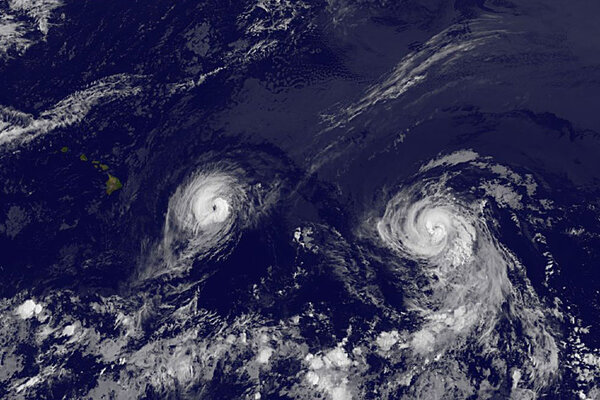 Why are more big storms hitting Hawaii?
Why are more big storms hitting Hawaii?The first hurricane in 22 years is set to make landfall on Hawaii. Is the Aloha State experiencing more severe weather than in the past?
- Crocodile eats shark: Is that normal?
A saltwater crocodile in Australia's Northern Territory was photographed devouring a bull shark. How common is it for crocs to eat sharks?
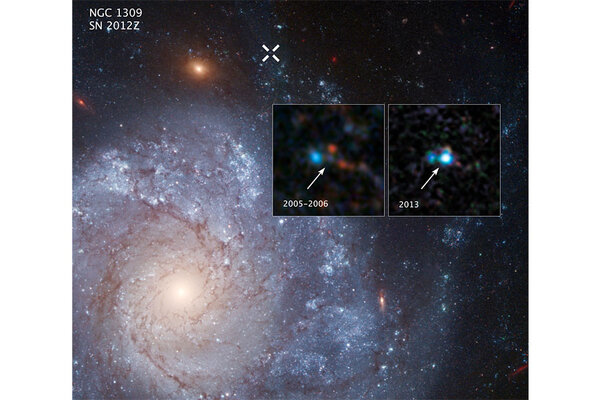 Old Hubble telescope data yields new supernova discovery
Old Hubble telescope data yields new supernova discoveryAstronomers sifting through two decades of data from the Hubble Space Telescope have discovered the progenitor of a rare and bizarre type of supernova.
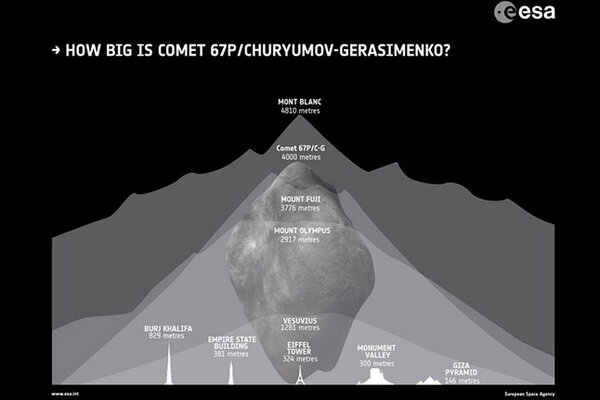 Europe's comet-chasing spaceship: Five amazing facts
Europe's comet-chasing spaceship: Five amazing factsEurope's Rosetta probe, which on Wednesday became the first manmade spacecraft to rendezvous with a comet, seeks to shed light on the big questions concerning the origins of the Earth and the solar system.
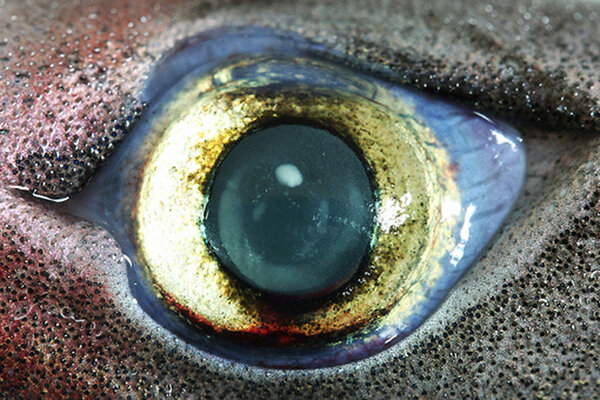 Glow-in-the-dark sharks have specially adapted eyes, say scientists
Glow-in-the-dark sharks have specially adapted eyes, say scientistsSharks capable of bioluminescence have evolved eyes with a higher density of rods than their non-glowing counterparts, giving these sharks 'faster' vision.
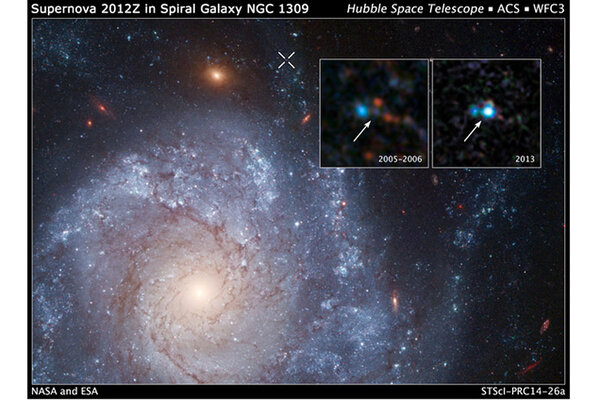 Supernova type may leave behind 'zombie' stars, say astronomers
Supernova type may leave behind 'zombie' stars, say astronomersA mysterious kind of space explosion known as a Type Iax supernova might leave behind a stellar remnant.
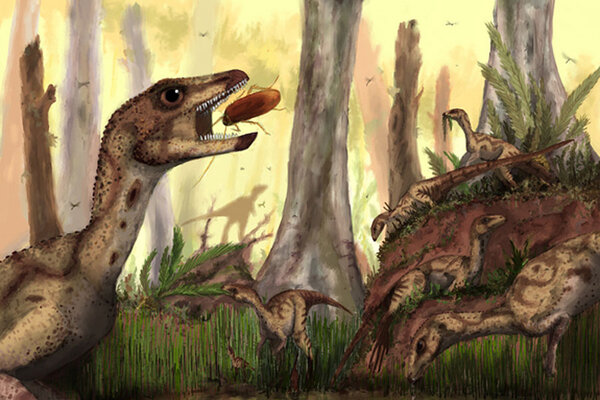 Were early dinosaurs herd animals? New discovery points to dino-gregariousness.
Were early dinosaurs herd animals? New discovery points to dino-gregariousness.A fox-sized dinosaur unearthed in Venezuela lends support to the belief that dinosaurs lived in herds early on in their evolution.





















